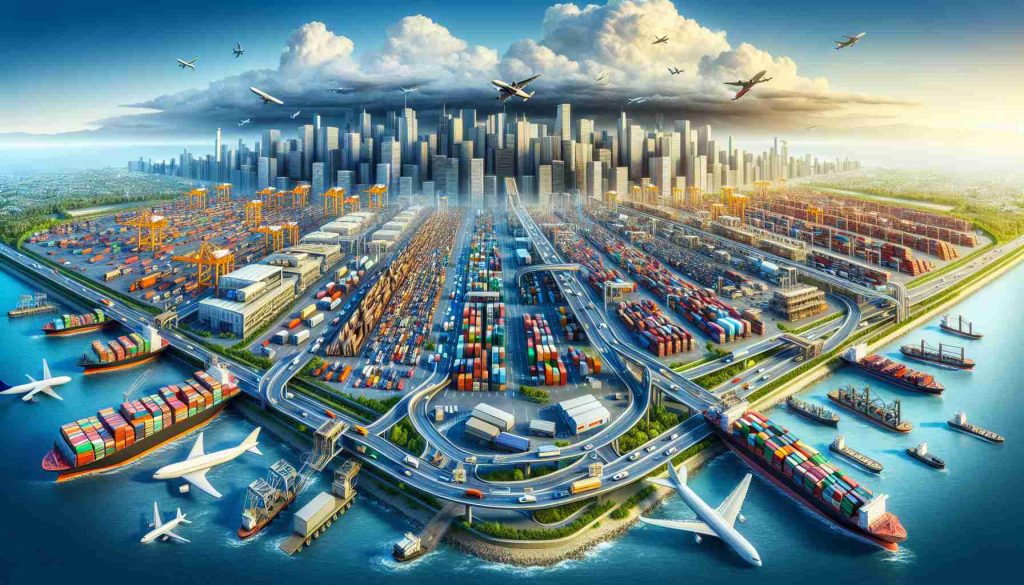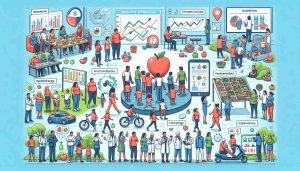Logistical Challenges Looming for Various Industries
3 min read
Various sectors are facing imminent difficulties in sourcing essential supplies, including grains, beans, coal, and timber. This looming challenge threatens to disrupt the smooth flow of operations across industries.
The arrival of logistical challenges has sent ripples of concern throughout the business community, with fears mounting regarding potential impacts on production and distribution chains.
As businesses scramble to find solutions to the impending supply shortages, the need for innovative strategies and contingency plans has become more pressing than ever. The efficiency of operations may be hampered as industries grapple with the aftermath of these disruptions.
The ripple effects of these logistical challenges may have far-reaching consequences, affecting not only businesses but also consumers who rely on a steady supply of goods for their daily needs.
In the face of these mounting obstacles, companies are urged to proactively address the issue by exploring alternative sources of supplies and streamlining their supply chain processes to mitigate potential disruptions.
While the road ahead may be fraught with uncertainties, proactive measures and collaborative efforts within the industry are essential to navigating through these turbulent times. Only through collective action can businesses weather the storm of logistical challenges and emerge stronger on the other side.
Logistical Challenges Unveil Critical Supply Chain Vulnerabilities Across Industries
The current wave of logistical challenges gripping various sectors has shed light on critical supply chain vulnerabilities that were previously underestimated. As the global supply chain faces unprecedented disruptions, businesses are now forced to confront the realities of sourcing essential supplies in a landscape fraught with uncertainties.
Key Questions:
1. What are the root causes of the logistical challenges?
The logistical challenges stem from a confluence of factors, including transportation bottlenecks, labor shortages, geopolitical tensions, and extreme weather events. These compounding issues have exposed the fragility of modern supply chains.
2. How are businesses adapting to the evolving supply chain dynamics?
Businesses are exploring diverse strategies to address the looming supply shortages, such as diversifying sourcing locations, investing in technology for real-time tracking, and forging stronger partnerships with suppliers and logistics providers.
Advantages and Disadvantages:
One advantage of facing these logistical challenges head-on is the opportunity for companies to reassess their supply chain resilience and identify areas for improvement. By proactively addressing vulnerabilities, businesses can build more robust and agile supply chains that can withstand future disruptions.
However, a major disadvantage is the potential economic impact of prolonged supply chain disruptions. Delays in sourcing essential supplies can lead to production slowdowns, increased costs, and dissatisfied customers. The ripple effects of these challenges can reverberate throughout the entire economy.
Recommended Links:
1. Supply Chain Digital
2. Logistics Management
In conclusion, the ongoing logistical challenges underscore the imperative for businesses to enhance their supply chain resilience and responsiveness in the face of unforeseen disruptions. By proactively addressing vulnerabilities and embracing innovative solutions, industries can navigate through these turbulent times and emerge stronger and more adaptable in the post-pandemic era. Only by acknowledging the interconnected nature of supply chains and fostering collaboration can businesses effectively mitigate the impact of logistical challenges and ensure long-term sustainability.






